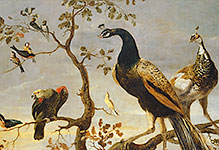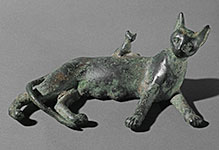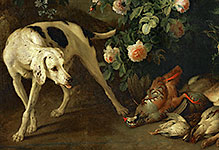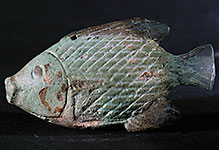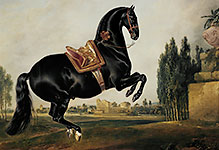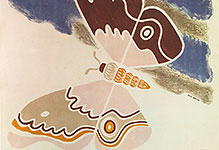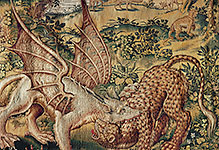
#330110 6
A pair of porcelain elephants, Edo period, late 17th. Pair of model elephants wi...

#330110 8
Partridges, Edo period, 1790. A government official, Seki Mitsubumi, was visitin...

#33011016
Bugaku mask of Ryo-o, the "Dragon King", 17th century. The Dragon King is a char...

#33011017
"Rabbits and autumn grasses", Edo period, mid-18th century Twelve rabbits shown...

#33011029
'Horse-breaking', Japan, c1560s. This is an autumn landscape in the mountains, w...

#33011037
'Hunting for insects', Japan, Edo period, c1768. A pair of lovers hunt for insec...

#33011041
A hanging scroll painting of monkeys, Edo period, Japan, c1795-c1801. A mother m...

#33011042
Birds and flowers, Edo period, Japan, 1791. A white parrot perched on a blossomi...

#33011051
A wasps' nest, a wooden netsuke, Edo period, Japan, early 19th century. A perfec...

#33011052
Ivory statue of a falconer, Japanese, Meiji period, late 19th century. The maste...

#33011053
Triptych by Kunisada Minamoto Yoshitsune (Ushikawa) instructed in swordplay by...

#33011057
Marriage ceremony
